Nearly all wooden boat enthusiasts and amateur builders know of an Iain Oughtred boat. The Australian-born designer and builder developed his 7′10″ Acorn as a dinghy for oar and sail and expanded on the popular design to create its now most popular 11′8″ and 13′ versions. This family of lapstrake skiffs draws inspiration from the famous New York and Boston Whitehalls of the 19th century. They have sharp forefoot entries, slack ’midship bilges, and twisting garboards that finish on a heart-shaped transom. The Acorn 17, the longest of the versions, is a dreamy rowing instrument.While kits are available for the Acorn 17, I built mine from plans. The 17’s plans are the same as those for the Acorn 15 but with the station spacing stretched 13.5 percent. The seven-sheet set includes lines, construction plan, rig, spar, and oar options, all to scale. Three of these sheets are full-sized drawings for the 11 station molds, the stems and knees, as well as the fore and aft transom faces to aid with proper beveling so no lofting is necessary to set up the jig. The instructions include a packet with a discussion on thwart layout suggestions, depending on the intended number of rowers and passengers. There is a handy materials and tools list included with a few paragraphs on construction notes. The Acorn's glued-plywood lapstrake hull gains strength from seven laminated floor timbers and laminated quarter knees and breasthook, and stiffness from a tapererd outwale and spacered inwale.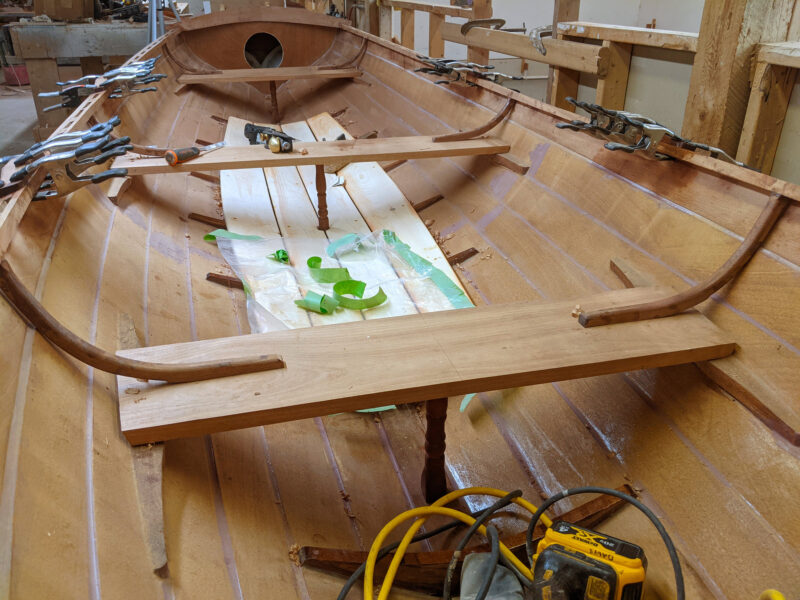 Photographs by the author
Photographs by the author
Stay On Course

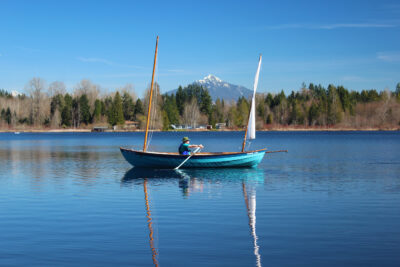
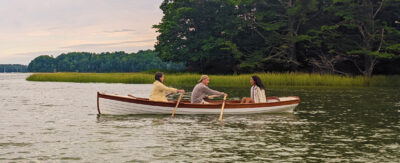
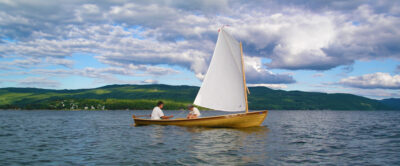
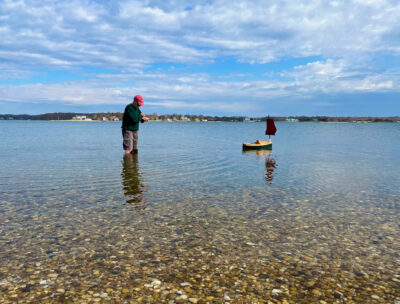
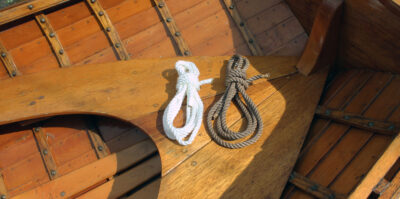
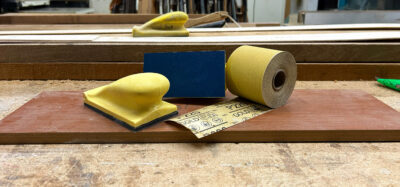
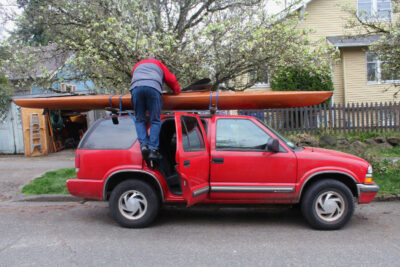
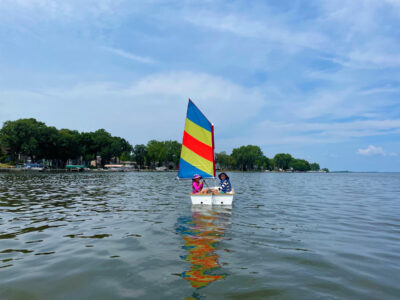
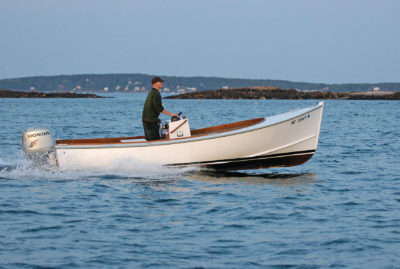
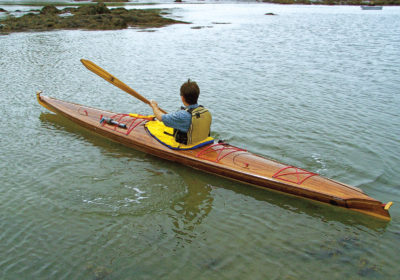

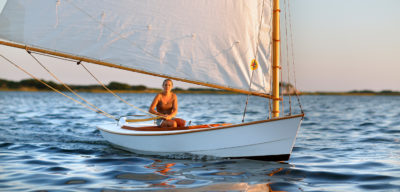
Join The Conversation
We welcome your comments about this article. If you’d like to include a photo or a video with your comment, please email the file or link.